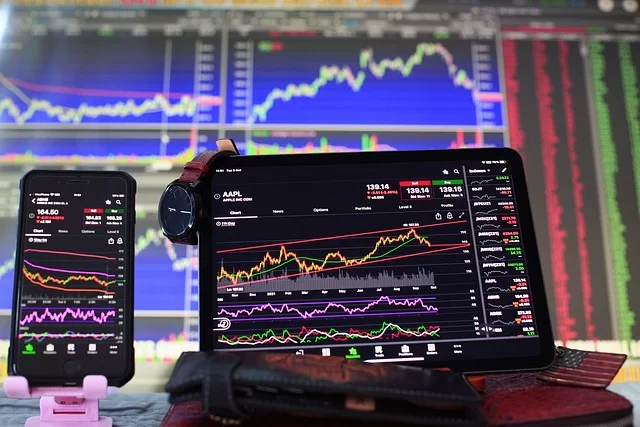Navigating the complex world of stock trading has traditionally required a mix of specialized tools, indicators, intuition, and experience. Recently, however, the game has drastically changed as artificial intelligence stock trading has entered the scene.
Historically, traders relied on their own analytical skills and time-tested approaches, such as fundamental and technical analysis. Fundamental analysis focuses on understanding the bigger picture, encompassing the macroeconomic and political environment, industry health, and company reputation. Technical analysis, on the other hand, uses various financial indicators to gauge current market sentiment and trends. Today, AI can perform these analyses faster and more accurately than a human, reducing emotional bias, data misinterpretation, and human error.
AI-powered algorithms can process massive amounts of data and recommend financial decisions accordingly. From historical price data to social media sentiment and even weather patterns, AI can account for subtle changes and discover correlations that might escape human traders. Here are a few specific ways that AI-powered predictive analytics can help traders profit by investing in stocks:
- Technical Indicators: AI can analyze technical indicators like on-balance volume, moving average convergence divergence (MACD), stochastic oscillators, and the relative strength index (RSI) to assess market dynamics. By comparing these indicators with historical data, AI can adjust parameters, time frames, and thresholds to provide more accurate, data-driven insights. This refined analysis helps traders understand underlying market trends and predict potential reversals, volatility shifts, or price momentum changes, aiding in timely decision-making.
- Social and Market Sentiment: AI algorithms scan social media platforms, news articles, and other sources to capture real-time market sentiment and behavioral trends. This adds a layer of fundamental analysis to technical data, allowing AI to quantify mood-driven influences on the market, like shifts in investor confidence. When combined with technical indicators, sentiment analysis helps AI generate holistic, well-rounded forecasts that better anticipate market movements and investor behavior.
- Continuous Learning: Through machine learning, AI evaluates trading strategies, optimizing them based on past performance. As it processes vast datasets and identifies patterns, AI continually refines its algorithms, adapting to evolving market conditions. This continuous learning loop allows AI to select and apply the most effective strategies in real time, keeping its approach relevant and resilient.
- High-Frequency Trading: AI-driven tools offer the speed necessary for high-frequency trading (HFT), where thousands of trades per second can be executed at precisely the right moment, significantly impacting profitability.
- Risk Management: AI can simulate market conditions to predict risks, identifying potential pitfalls and helping traders prepare mitigation plans for adverse scenarios.
A Word of Caution
Over-reliance on AI could increase market volatility. Since AI’s effectiveness depends on the quality of data it processes, it may produce unsatisfactory results if fed flawed or biased information. Additionally, regulatory oversight on the ethical use of AI in finance is still evolving, making it important for traders to stay informed on compliance issues.
Despite these concerns, artificial intelligence is transforming stock trading and is becoming essential for modern traders. The future of stock trading lies in leveraging AI for rapid, data-driven decision-making and maximizing opportunities in this ever-evolving market.





Recent Comments